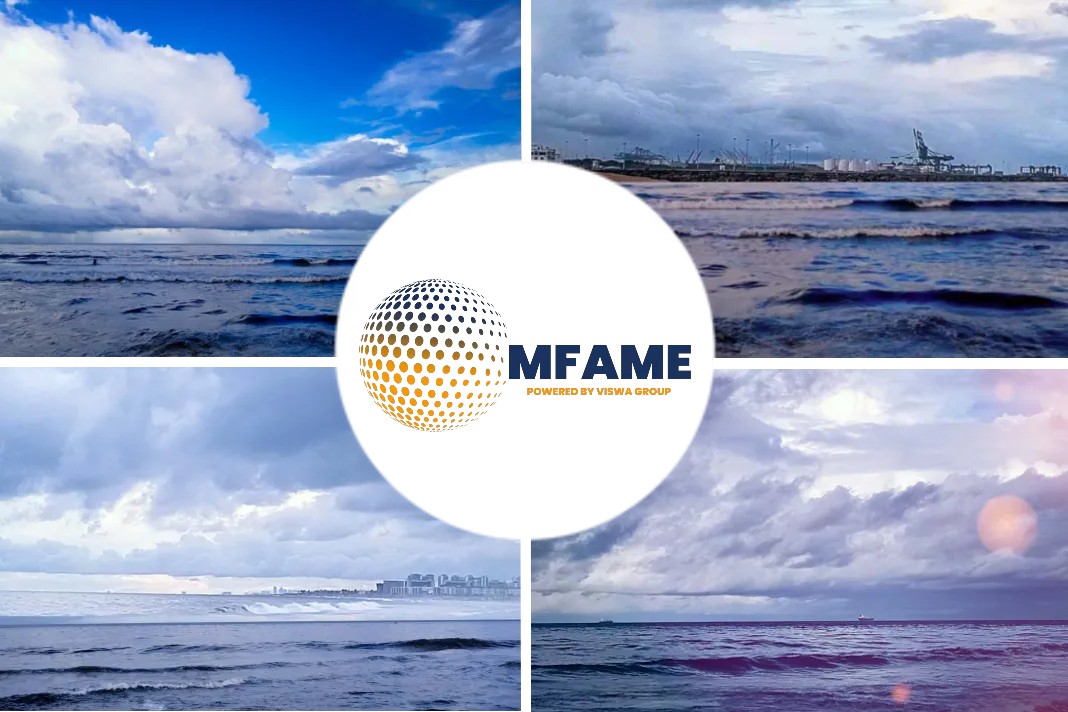- AMSA is launching an inspection effort targeting cargo securing arrangements.
- This security arrangement will be used on container ships visiting Australian ports.
- It is in response to recent incidents of containers lost overboard.
- It is aimed at education, improving standards, and reducing the number of incidents.
- Involves both extended PSC inspections or stand-alone inspections on vessels.
- WSC anticipates efforts to further revise and enhance the 2014 code of practice for packing of cargo transport units.
According to an article published in Maritime-Executive, the Australian Maritime Safety Authority (AMSA) is launching an inspection effort targeting cargo securing arrangements on container ships visiting Australian ports.
Aim to educate and improve standards
The program, which is in response to recent incidents of containers lost overboard, is aimed at education, improving standards, and reducing the number of incidents that result in cargo being lost at sea.
“We have seen the serious consequence of improper cargo securing arrangements in the form of tons plastics and other debris washing up on our beautiful beaches and floating in our oceans,” said Michael Drake, AMSA Acting General Manager of Operations. “Rusted cargo securing points, improper lashings, and exceeding stack weight limits have all contributed to these incidents and ship operators should be on notice that non-compliance will not be tolerated in Australia.”
Focused inspection campaign
The focused inspection campaign, which will run between August and October 2020, will involve both extended port state control (PSC) inspections or stand-alone inspections on vessels that are not currently eligible for PSC inspection. According to AMSA, masters and shipping lines should expect that if a cargo ship visits Australia over this period that the ship will receive an inspection.
As part of these efforts, the Australian authorities will also seek to ensure that the vessels are in full compliance with the international standards relating to cargo securing laid out in Chapter VI of the Safety of Life at Sea (SOLAS) Convention. When vessels are found to be non-compliant, AMSA says it will take steps to bring the ship into compliance before it can continue operating.
The decision to initiate the inspection program came after several vessels lost containers overboard in Australian waters, which AMSA says has effected affect the livelihoods and safety of commercial fishers and, more broadly, communities across Australia. AMSA investigators reportedly discovered improper stacking and securing of cargo and poor maintenance of securing equipment as likely contributing factors to these incidents.
APL losses 50 containers
In May of this year, APL England lost 50 containers overboard and debris is still reported to be washing up on Australia beaches. A month later, the Navios Unite lost three containers overboard while in 2018 the YM Efficiency lost 81 containers. In each incident, AMSA has been aggressive in seeking to ensure that the shipping lines take responsibility and complete a remediation effort while AMSA has also pursued financial compensation from the shipping lines and their insurance companies.
Australia’s efforts to inspect container ships due to its concerns over safety issues come as the World Shipping Council (WSC) reports that the incidents of containers lost overboard have been on the decline and are a small percentage of the total annual volume of containers transported at sea. Containers lost overboard represent less than one-thousandth of one percent of all containers transported each year and the three-year moving average is declining according to the WSC’s findings.
Enforce and enhance safety regulations
The WSC, like AMSA, however, cited the need to continue to enforce and enhance safety regulations. The WSC anticipates efforts to further revise and enhance the 2014 code of practice for packing of cargo transport units as well as future revisions to the 2015 ISO standards for container lashing equipment and corner casting. The WSC also has made proposals to the IMO to align container stacking requirements to eliminate discrepancies that might have significant safety implications while also participating in efforts to revise the IMO guidelines for the inspection programs for cargo transport units including containers.
Did you subscribe to our daily newsletter?
It’s Free! Click here to Subscribe!
Source: Maritime-Executive























